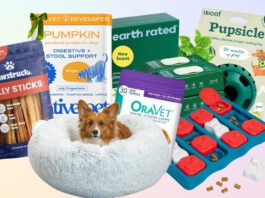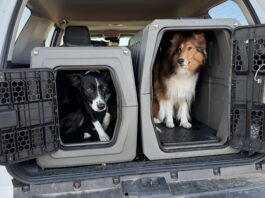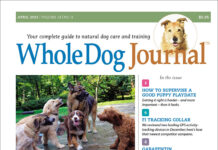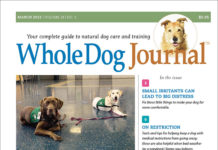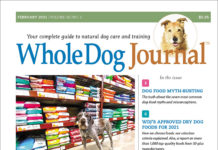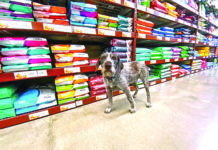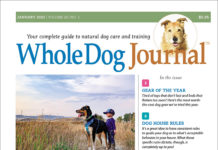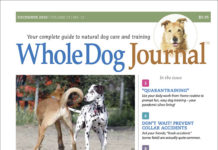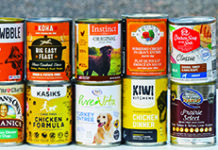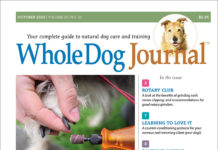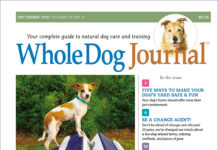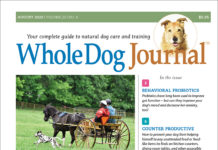Download The Full May 2021 Issue PDF
- When Should Your Pup Switch to Adult Food?
- Peace at the Park
- Beyond the Basics
- Car Safety Harnesses
- Does Your Dog Stink?
- Leptospirosis
- Help with Palliative or Hospice Care
Download The Full April 2021 Issue PDF
- HOW TO SUPERVISE A GOOD PUPPY PLAYDATE
- FI TRACKING COLLAR
- GABAPENTIN
- VERBAL CUES
- SEIZE THE DAYCARE
- WHAT'S THE RIGHT AGE TO GET THE KIDS A DOG
- PREVENT EAR INFECTIONS - CLEAN YOUR DOG'S EARS
- PADDLESPORTS SAFETY
Download The Full March 2021 Issue PDF
- SMALL IRRITANTS CAN LEAD TO BIG DISTRESS
- ON RESTRICTION
- ROOM WITH A VIEW
- DECOMPRESSION
- TAKING CARE OF “TRIPAWDS”
Download The Full February 2021 Issue PDF
- Dog Food Myth-Busting
- WDJ’s Approved Dry Dog Foods for 2021
- Care to Cooperate
- To Buy or Adopt?
- Punishment vs. Interruption
Whole Dog Journal’s Approved Dry Dog Foods for 2021
Below, we’ve listed more than 50 companies that collectively make more than 1,000 different dry dog foods that meet our selection criteria. To think...
Download The Full December 2020 Issue PDF
- “Quarantraining”
- Don’t Wait! Prevent Collar Accidents
- Dog Meet Dog
- Canine Knee Injury? Brace Yourself
- Helping You Keep Track
- Annual Editorial Index
Download The Full November 2020 Issue PDF
- Add-on Wellness Plans
- Tethered for Success
- A Kidnapped Baby from Planet Dog
- Paws for Winter
- What's My Motivation?
- Savor The Flavor
Whole Dog Journal’s 2020 Approved Wet Dog Foods
Were you aware that dogs don’t have a biological requirement for carbohydrates? The fact that this bit of trivia sounds so crazy is a...
Download The Full October 2020 Issue PDF
- Rotary Club
- Learning to Love It
- Family Planning
- Are Two Pups Better Than One?
- A Can/Do Attitude
- 2020 Approved Canned Foods
Download The Full September 2020 Issue PDF
- Five Ways to Make Your Dog’s Yard Safe & Fun
- Be a Change Agent!
- Puppy Needs New Food
- Ignore at Your Peril
- Going Viral
- Canine Stem Cell Therapy
Download The Full August 2020 Issue PDF
- Behavioral Probiotics
- Counter Productive
- Let’s Increase Diversity in the Dog World
- Ringworm Isn’t Either
- Adopt or shop



